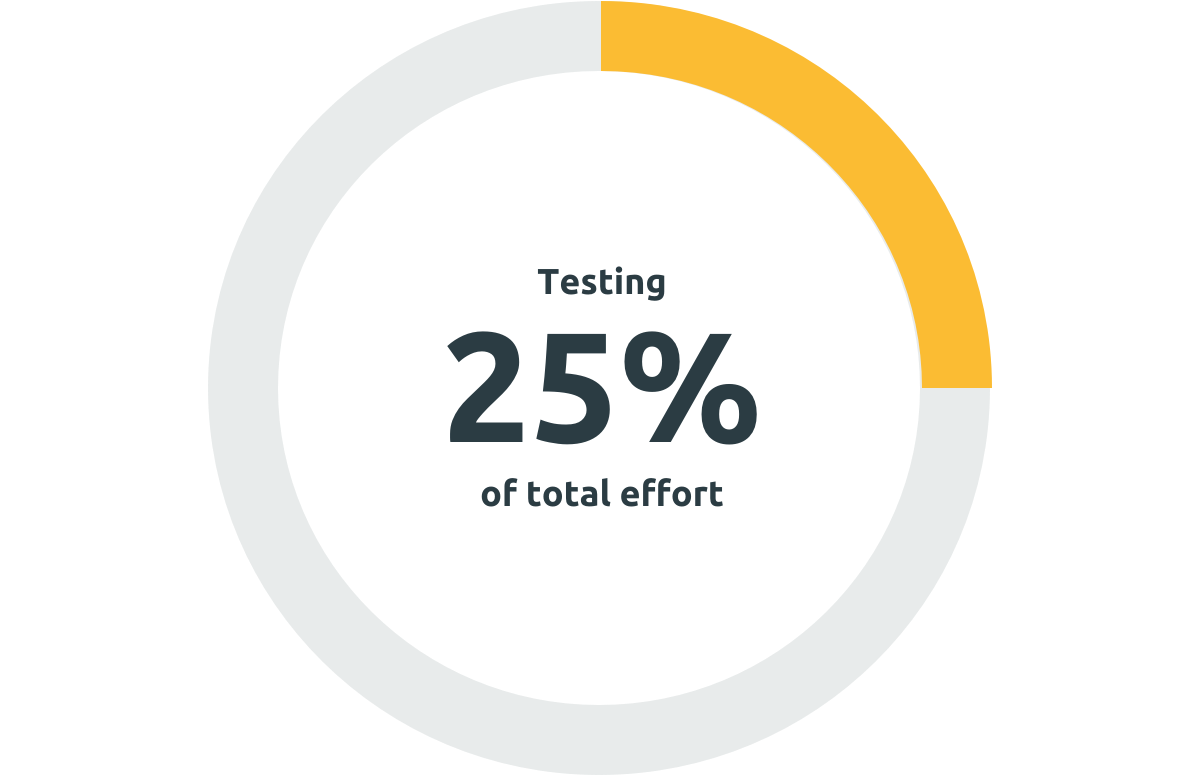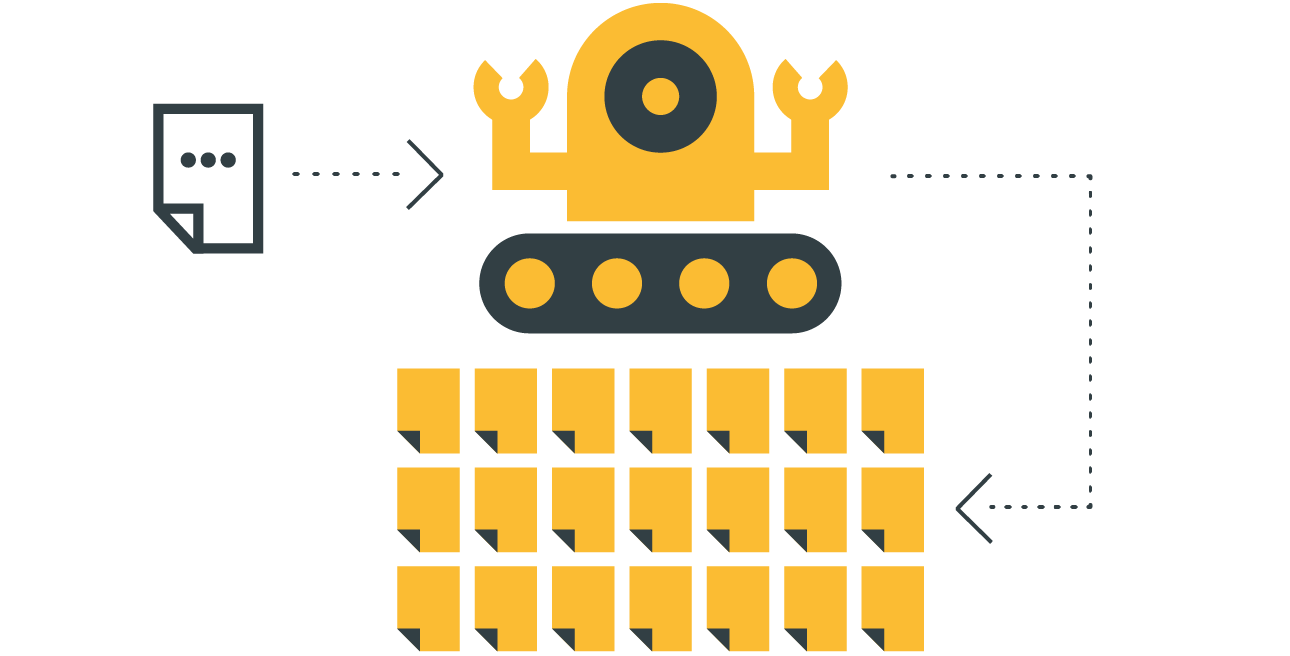Internal Bank –
Testing
Challenge 1 – Payments System Renewal
Many banks have already embarked on, or have plans to embark on, Payments System Renewal projects. The main driver for Payments System Renewal at banks is modernisation of bank systems, so that banks can deliver digital services more efficiently. These modernised systems are expected to deliver native support for ISO 20022, improved reporting capabilities for clients, as well as support for real time payments and open banking APIs.
The investment required from banks for renewal projects is significant, and as with all IT programs, testing is a major component representing over 25% of total effort. Many banks still rely on manual and time-consuming test processes. The challenge for banks is to modernise their test processes as they modernise their systems.

Challenge 2 – Shorter Release Cycles

Expectations around software release cycles have been changing dramatically in recent years. A whole new practice for software delivery has grown up that enables shorter release cycles, and more critically for banks, increased stability in the software release process. This approach is termed DevOps, or Development Operations. It uses automation and monitoring to support continuous delivery and continuous testing.
The challenge for banks is to run their testing programs more efficiently and introduce continuous testing using test automation, so that they can release new versions of their payments systems quickly with the confidence that their business goals continue to be met.
Challenge 3 – Testing for Real Time Payments
Widespread introduction of real time and instant payments brings the testing challenge into even clearer focus for banks. Traditional approaches to testing – manual creation of payments files for batch processing, and ‘after the fact’ evaluation of test results – just won’t work for real time payments.
Banks need fast, automated, anytime execution of tests with ‘instantly’ created test payment requests, ‘instantly’ evaluated responses and ‘instantly’ orchestrated test flows.
To learn more about how to accelerate your instant payments testing process, download our Tip Sheet for Instant Payments Product Launch.

Use ‘payment format aware’ test tools
Test teams are tasked with building up test cases to check that payments are correctly processed. For example, one simple test case may be to complete a payment through the national clearing system. Another may be to complete an international payment.
For these test cases, testers need to:
- Create valid payments files with test data, e.g. ISO 20022 PAIN.001, SWIFT MT202 etc
- Submit the files for processing by the bank payment system
- Check that bank system handles the clearing house response correctly
The XMLdation Test Data Creator is a ‘payments format aware’ test tool, available via an ultra-simple Web UI. The tool is invaluable to Functional Testers, allowing them to create valid payments files quickly and easily.
Introducing Automation
Automation is essential for efficient test processes. Test runs need to be run repeatedly and on request at any time.
XMLdation delivers its Test Data Creator, Validator and Simulator tools for use in test automation. The tools are delivered as microservices accessible via simple, RESTful APIs, and are available to run on premise or in the cloud. Banks can integrate the microservices into their own automated test environment, or use them as part of their automated build processes and CI/CD pipelines.
For banks looking for an end-to-end solution for their test automation programme, XMLdation delivers the Test Data Creator, Validator and Simulator microservices along with Robot Framework, the industry-leading Test Automation Framework, connectors for the bank systems, and suites of automated tests customised for the bank.
Value for Banks
Using ‘payments format aware’ and automated test tools introduces a step change in testing efficiency. In this way, banks can eliminate time-consuming, error-prone manual steps and can move from 5 test runs per day to 5 test runs per minute. This approach then also allows Functional Testers to focus on higher value testing.
Test automation provides the means to run “Business as Usual" testing after the main project staffing is ramped down. This allows banks to deliver small changes to their payments systems, outside of large renewal projects, with the confidence that their business goals continue to be met.

